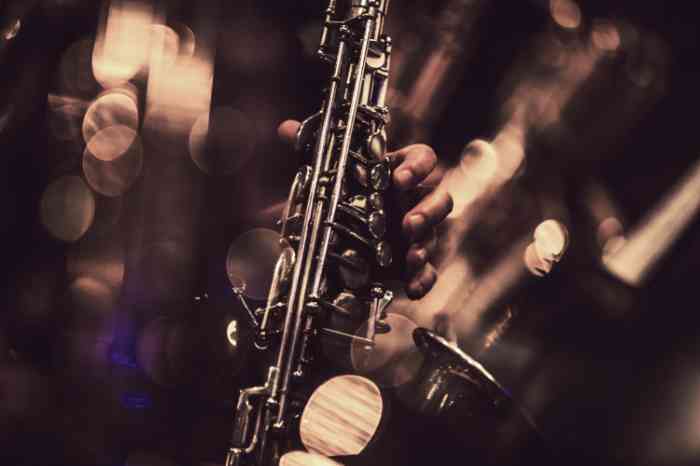
For nearly as long as humanity has had ears, we’ve had hearing aids.
Here we take a look at the history of hearing and the various technologies our ancestors used to enhance their hearing – some low tech, some high tech, all ingenious.

As early as the 13th century, hollowed out cattle horns were used as rudimentary ear trumpets. The device didn’t amplify sound like modern hearing aids, but funnelled it through a narrow tube into the ear.

By the early 1800s, the horn had evolved into the ear trumpet – an often bulky device with a fancy fluted end for speaking into.

By 1890, the telephone had been invented and that meant new technology became available to help people hear. This aid used a portable carbon transmitter to amplify sound signals, but it wasn’t very effective.

The refinement of vacuum tubes dramatically increased the amplification technology available – by as much as 70 decibels. By the mid-1920s, the unit could fit into a small wooden box, with a receiver the user held to their ear.

With the invention of the transistor in the 1950s, plus more efficient battery technology, hearing aids could become dramatically smaller and more practical – worn inside or behind the ear.

By the 1970s, improvements in digital and analogue circuitry allowed the design of even smaller units incorporating powerful microprocessors.

The first fully digital hearing aids emerged in the 1990s, with radically improved smart amplification technology able to process 40 million signals per second.

By the new millennium, hearing aids had shrunk yet again, with receivers small enough to fit inside the ear canal itself – and even directly connect via Bluetooth to phones, TVs and computers.

Today’s hearing aids employ adaptive Artificial Intelligence to optimise sound quality in any hearing environment, even allowing for virtual check-ups with hearing care professionals.
 Find out more about hearing health
Book a FREE hearing test
Find out more about hearing health
Book a FREE hearing test
The Amplifon blog is our place to explore ideas and themes of interest. For professional audiology advice, please contact your local clinic for a consultation.